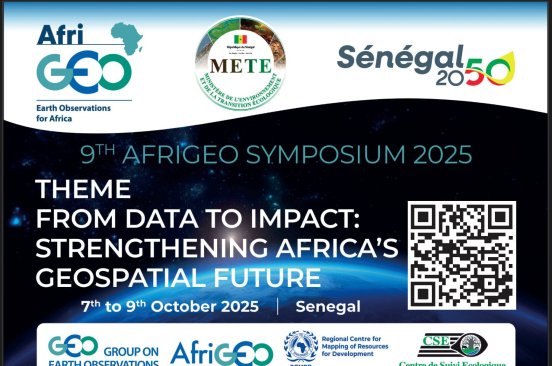
Engineering Unmanned Aerial Systems: Techniques, Tools, and Evaluation
This webinar provided insights into the evolving field of UAS, showcasing the challenges and innovative solutions being explored across various applications.
October 18th, 2023
By Spain Flying Labs & Morocco Flying Labs
On the 18th of July, 2023, Spain Flying Labs hosted a webinar titled "Engineering Unmanned Aerial Systems," during which industry experts discussed techniques, tools, and evaluation methods for unmanned aerial systems. These systems leverage recent navigation, perception, and artificial intelligence advances to enable various applications. The event, co-facilitated by WeRobotics, wasn't just a gathering of experts but an exploration of the future. From nonlinear control strategies to combating illegal fishing to harnessing data mining, this virtual symposium left no stone unturned in its quest to further unveil the potential of Unmanned Aerial Vehicles (UAVs).
Following an introduction and welcome by Jesus Garcia of Spain Flying Labs, the following speakers shared their insights on various aspects of UAVs and their applications:
- Diego Correa from the Universidade Federal do ABC in Sao Paulo
- Jamal Berrich, an associate professor at the University of Mohammed Premier in Morocco and part of Morocco Flying Labs
- David Sánchez, a predoctoral researcher from the Universidad Carlos III de Madrid
- Daniel Amigo, a researcher at Universidad Carlos III de Madrid
- Pablo Zubasti, a computer scientist at Universidad Carlos III de Madrid with a research focus on drones and Computer Vision
- Juan Pedro, a team member of Spain Flying Labs and a researcher at Universidad Carlos III de Madrid.
These speakers collectively brought diverse expertise to the webinar, contributing to a comprehensive exploration of UAV engineering.
Kicking off the webinar, Diego delved into nonlinear control strategies for UAVs, offering valuable insights into developing autonomous systems. Jamal then presented various real-world applications of UAS, including combating illegal fishing, monitoring wildlife populations, protecting forests, and more. He also discussed the development of intelligent autonomous open drones.
David presented his work on UAV airframe classification using acceleration spectrograms, shedding light on the challenges and potential of this technology. He explained the challenges of handling large datasets, including hardware and software variations, and the need for data preprocessing. Daniel Amigo carried out a simulation showcasing the potential of drones to work together in swarms, just like animals collaborate to achieve common objectives, such as ant colonies collecting food or birds flying in formation for efficiency.
After that, Pablo Zubasti's presentation was on detecting road defects using computer vision in simulated environments, and as the final speaker, Juan Pedro shared his research on tuning process noise in Inertial Navigation Systems (INS) and Global Navigation Security System (GNSS) fusion, particularly in the context of drone navigation. The webinar ended with a brief Q&A session.
This webinar provided insights into the evolving field of unmanned aerial systems, showcasing the technical challenges and innovative solutions being explored across various applications. With relentless dedication, researchers and industry professionals are hard at work, harnessing the potential of UAS technology and transforming it into a powerful tool for everything from safeguarding our environment to enhancing security.
For more informative webinars about the exciting work accomplished across the Global Flying Labs Network, please visit the WeRobotics YouTube channel.
Category(s)
Recent Articles
View All »

Wildfire Assessment and Web Application in Sao Paulo
